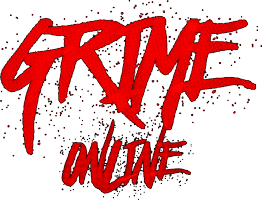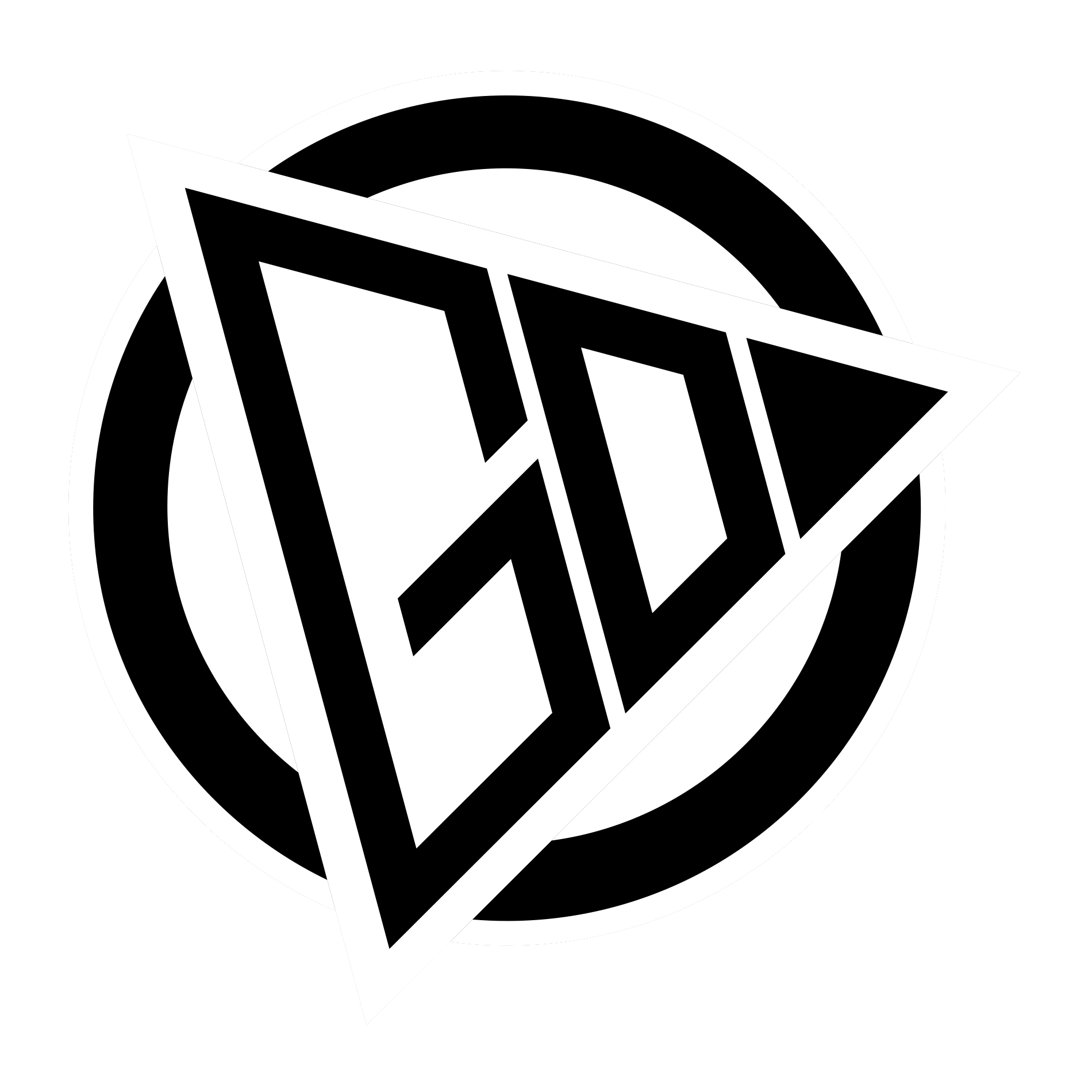– The Guardian: For nearly 30 years its distinctive chequered pattern has been a sacrosanct symbol of Iran's Islamic revolution and an essential garment for its most committed adherents.
The Guardian: For nearly 30 years its distinctive chequered pattern has been a sacrosanct symbol of Iran's Islamic revolution and an essential garment for its most committed adherents.
The Guardian
Robert Tait in Istanbul For nearly 30 years its distinctive chequered pattern has been a sacrosanct symbol of Iran's Islamic revolution and an essential garment for its most committed adherents.
For nearly 30 years its distinctive chequered pattern has been a sacrosanct symbol of Iran's Islamic revolution and an essential garment for its most committed adherents.
But now the chafiyeh, the black-and-white scarf proudly worn by President Mahmoud Ahmadinejad and his loyal followers, has become an unlikely fashion item for young Iranians drawn to the same western pop culture that country's leaders disdain.
The scarf has become a craze among Iran's emerging crop of underground rap artists, who have taken to wearing it in concerts and video clips, according to Jahan News, a website considered close to Iran's intelligence ministry.
It has also become a trend among young men, who wear it along with T-shirts incongruously bearing the names of famous western bands. Young women have also been seen with the scarf, Jahan News reported.
Its new-found acceptability was demonstrated in a recent edition of a popular cinema magazine, which carried an advert placed by an Iranian leatherwear company showing a model wearing a bomber jacket with a chafiyeh tucked underneath.
The scarf's popularity with rappers is particularly ironic. Last year, Iran's culture and Islamic guidance ministry announced a campaign against rap music, which it deemed vulgar and obscene. Rap has become increasingly popular with young Iranians, who have been inspired by the work of artists among the large Iranian exile community in Los Angeles. The genre has been used to express concerns about drugs, street gangs and even western pressure on Iran over its nuclear programme.
The links with rap are far removed from the chafiyeh's origins. After being worn by many Iranian soldiers in the 1980-88 war with Iraq, it was adopted as the symbol of "the sacred defence", as the war effort is officially called. Volunteers used the garments as prayer mats and to protect their faces from chemical attacks. They were also deployed as burial shrouds and sometimes to tie the hands of captured enemy soldiers.
Nowadays, Iran's supreme leader, Ayatollah Ali Khamenei, wears it in all his public appearances. It is also worn by members of the hardline Basij militia.
Visiting foreign dignitaries, including the Venezuelan president, Hugo Chávez, have also donned the scarf. Last year, Nicaragua's president, Daniel Ortega, was greeted with shouts of "Allahu Akbar" when he put on a chafiyeh during a ceremony at Tehran University.
Copyright © IranFocus.com


